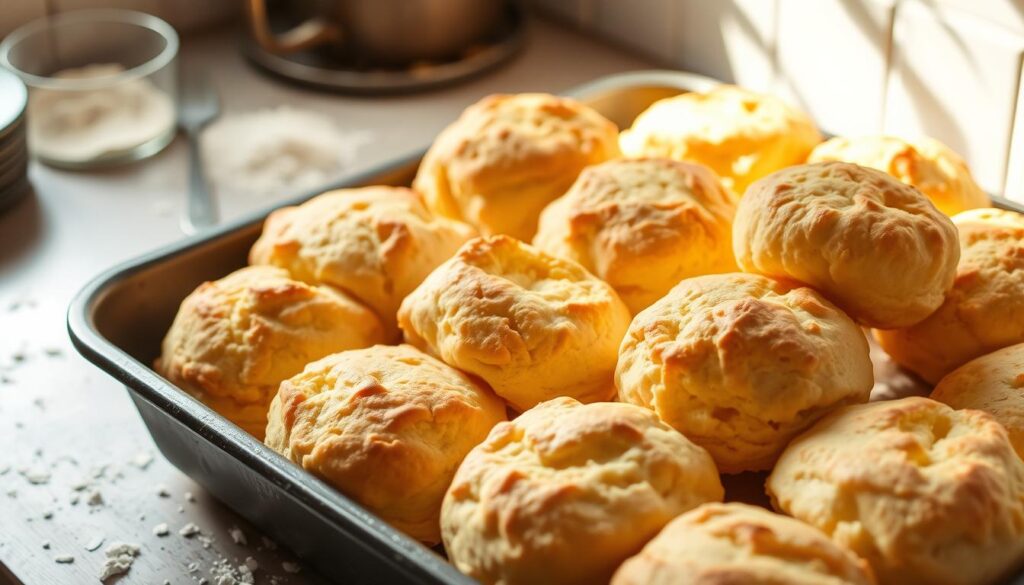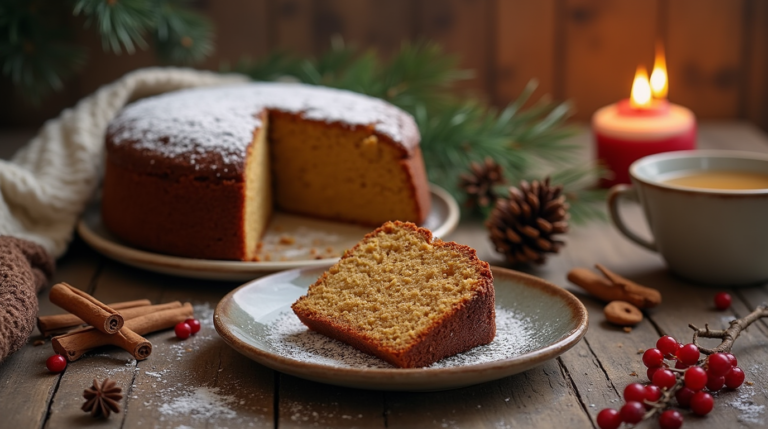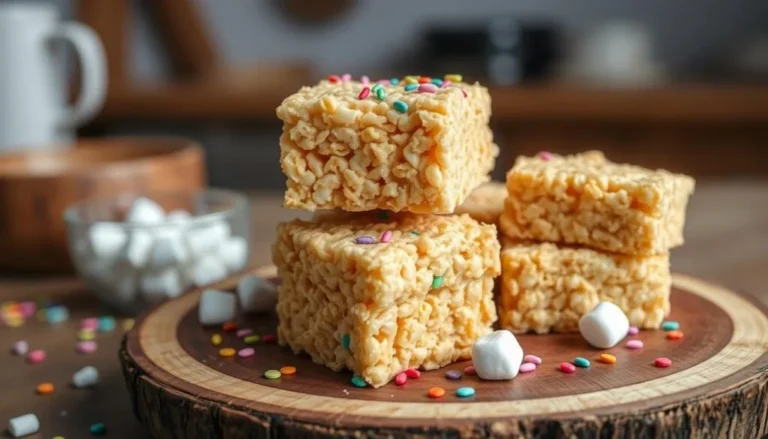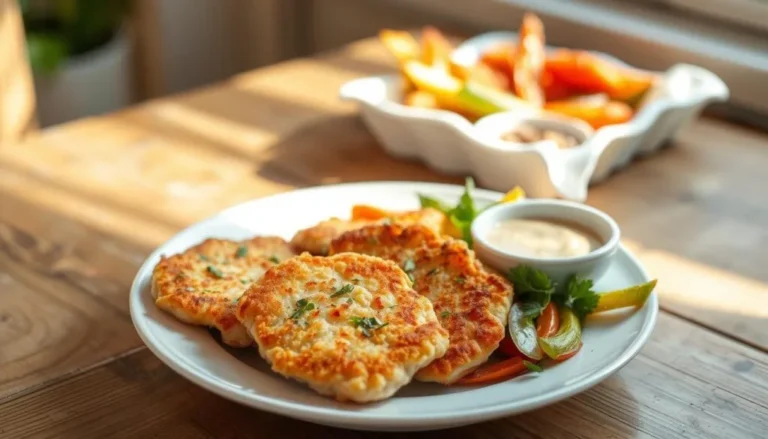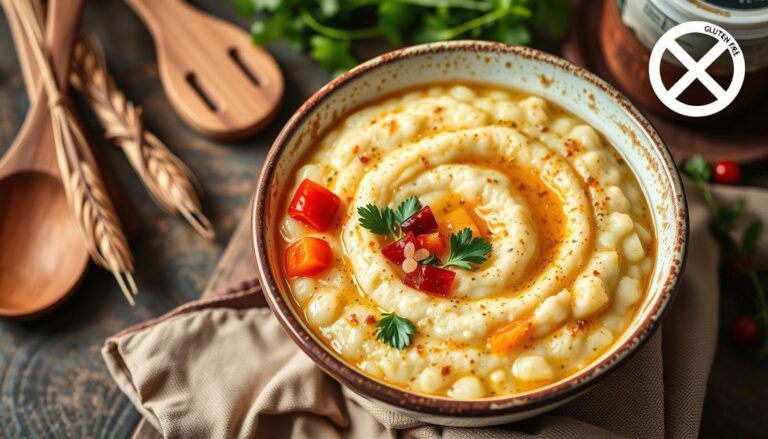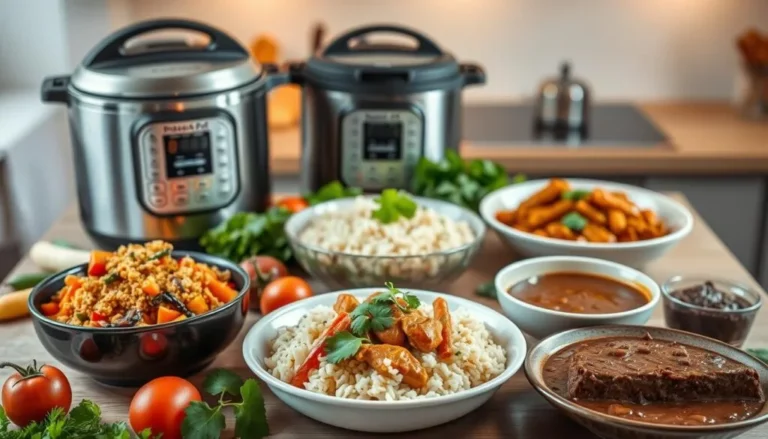How to Make the Perfect Gluten-Free Biscuit Recipe at Home
Table of Contents
Gluten-free diets are becoming more popular. It’s important to have a good gluten-free biscuit recipe. This guide will teach you how to make flaky, tender gluten-free biscuits at home.
We aim to give you a simple gluten-free biscuit recipe. By following our guide, you can make delicious gluten-free biscuits. They will be flaky, tender, and full of flavor, using your favorite recipe.
Key Takeaways
- Learn how to make the perfect gluten free biscuits at home
- Understand the basics of gluten-free baking and its application in gluten free biscuit recipe
- Discover essential ingredients for making delicious gluten free biscuits
- Get tips for achieving the perfect texture in your gluten free biscuit recipe
- Find out how to create flaky, tender gluten free biscuits using a simple gluten free biscuit recipe
- Learn how to make gluten free biscuits that are full of flavor and perfect for any occasion
Understanding Gluten-Free Biscuits: A Baking Revolution
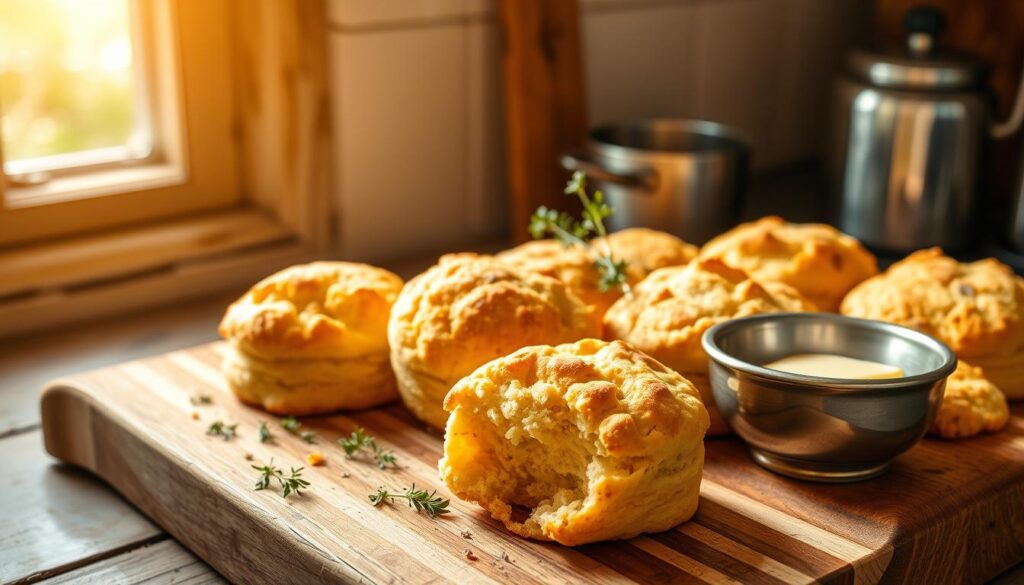
Gluten-free baking is a new world to explore. You might ask, why do traditional biscuits have gluten? Gluten gives them structure and texture. But for those who can’t have gluten, it’s key to know how to bake without it.
Homemade gluten-free biscuits let you pick your ingredients. You can try different flours like almond or coconut. You can also add herbs and spices for extra flavor.
- Using a combination of gluten-free flours to achieve the right texture
- Adding xanthan gum or guar gum to help with texture and structure
- Using the right ratio of liquid to dry ingredients
By trying different ingredients, you can make tasty gluten-free biscuits. They’re great for any time.
| Ingredient | Quantity | Purpose |
|---|---|---|
| Gluten-free flour | 2 cups | Provides structure and texture |
| Xanthan gum | 1 teaspoon | Helps with texture and structure |
| Butter or oil | 1/4 cup | Adds flavor and moisture |
Essential Ingredients for Perfect Gluten-Free Biscuits
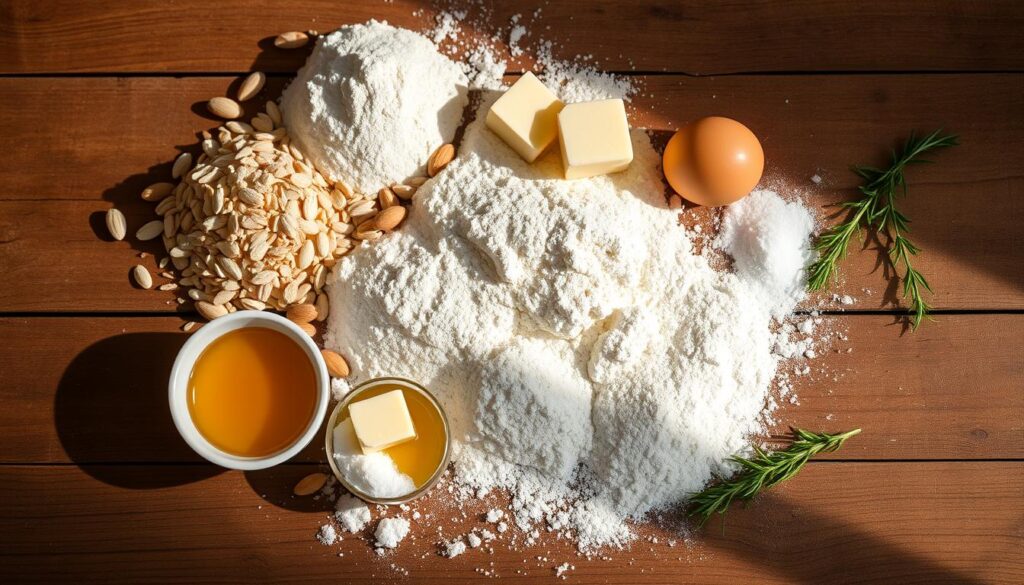
To make delicious gluten-free biscuits, you need certain ingredients. These include gluten-free flours, leavening agents, and milk. The type of flour used is crucial for the biscuit’s texture and taste.
Some key ingredients to consider include:
- Gluten-free flours, such as almond flour or coconut flour
- Leavening agents, like baking powder or baking soda
- Dairy or non-dairy milk, such as buttermilk or almond milk
When picking ingredients for your gluten-free biscuit recipe, choose high-quality ones. A high-quality gluten-free flour blend can greatly improve the taste and texture of your biscuits.
By combining the right ingredients, you can make delicious and flaky gluten-free biscuits. Whether you’re making gf buttermilk biscuits or another type, using quality ingredients and a reliable recipe is key.
Kitchen Tools and Equipment You’ll Need
To make tasty gluten free biscuits, you’ll need some key kitchen tools. The right tools make mixing, measuring, and baking easier. You’ll feel confident in your ability to create delicious gf biscuits.
For baking gluten free biscuits, the right tools are crucial. You’ll need a mixing bowl, measuring cups, and a baking sheet. A whisk, rubber spatula, and pastry brush are also important for mixing and shaping.
Must-Have Baking Tools
- Mixing bowl
- Measuring cups
- Baking sheet
- Whisk
- Rubber spatula
- Pastry brush
Optional but Helpful Equipment
Some optional tools can be very helpful for making gluten free biscuits. A stand mixer can save time and effort. A pastry blender is also useful for cutting in cold butter or other fats.
With the right kitchen tools and equipment, you’re ready to make delicious gluten free biscuits. Choose the right tools for the job. Don’t be afraid to try new equipment to find what works best for you.
Choosing the Right Gluten-Free Flour Blend
Choosing the right flour is key for gluten-free biscuits. There are many options, making it hard to pick. You might wonder if to buy a blend or make your own.
Buying a blend is easy and saves time. But making your own lets you control what goes in. Almond flour, coconut flour, and rice flour are popular choices.
Store-Bought vs. Homemade Blends
Store blends mix different flours like rice, potato, and tapioca. They’re great for beginners because they’re consistent. Homemade blends, however, let you customize.
Best Flour Combinations for Flaky Biscuits
For flaky biscuits, mix flours that add structure and texture. Rice, almond, and coconut flour are good together. Adding xanthan or guar gum helps too.
Here’s a sample blend recipe:
| Flour | Ratio |
|---|---|
| Rice flour | 2 cups |
| Almond flour | 1 cup |
| Coconut flour | 1/2 cup |
| Xanthan gum | 1 teaspoon |
Step-by-Step Guide to Making Gluten-Free Biscuits
To make delicious gluten-free biscuits, follow a few simple steps. First, preheat your oven to 425°F (220°C). While the oven heats up, prepare the dough for your gluten-free biscuits.
Next, mix the dry ingredients. This includes gluten-free flour blend, baking powder, and salt. In another bowl, whisk together butter, milk, and eggs. Then, mix the wet and dry ingredients until a dough forms.
Here are the steps to shape and bake your gluten-free biscuits:
- Turn the dough out onto a floured surface and knead it gently.
- Roll the dough out to a thickness of about 1 inch (2.5 cm).
- Use a biscuit cutter or the rim of a glass to cut out the biscuits.
- Place the biscuits on a baking sheet lined with parchment paper.
- Bake the biscuits in the preheated oven for 12-15 minutes, or until they are golden brown.
Once the biscuits are done, remove them from the oven. Let them cool on a wire rack. You can serve them warm or store them in an airtight container for later.
Tips for Achieving the Perfect Texture
Making gluten free biscuits can be tricky. To get the right texture, controlling temperature, handling, and baking are key. These skills will help you make flaky and tender gluten free drop biscuits.
Temperature is very important when baking gluten free biscuits. Keeping your ingredients at the right temperature is crucial. For example, cold butter and ice-cold water make the biscuits flaky. Here are some tips to remember:
- Use cold ingredients, such as cold butter and ice-cold water
- Keep your mixing bowl and utensils at room temperature
- Avoid overmixing the dough, as this can lead to a tough texture
Gently handling the dough and using the right techniques will make your biscuits look and taste great. With practice, you’ll make delicious gluten free biscuits for any event.
| Technique | Description |
|---|---|
| Handling the dough | Gently handle the dough to avoid overworking it |
| Shaping the biscuits | Use a gentle touch to shape the biscuits into the desired shape |
Common Mistakes to Avoid When Making GF Biscuits
Making gf biscuits can be tricky. It’s easy to make mistakes that change the texture and taste. To get your gluten free biscuit recipe just right, steer clear of these common errors:
Some common mistakes include overmixing the dough, picking the wrong flour, and not keeping an eye on the temperature. Overmixing can make biscuits tough and dense. Using the wrong flour can make them lack structure and flavor.
- Using low-quality gluten-free flours that lack structure and texture
- Not controlling the temperature, leading to biscuits that are overcooked or undercooked
- Not handling the dough gently, resulting in biscuits that are tough and dense
To make perfect gf biscuits, use a high-quality gluten-free flour blend. Also, follow a well-tested gluten free biscuit recipe. By avoiding these mistakes, you can make delicious, flaky biscuits for any occasion.
Delicious Variations of Basic Gluten-Free Biscuits
Now that you’ve got the basic gluten-free biscuit recipe down, it’s time to try new things. You can make sweet treats like gluten-free dairy free biscuits with honey or gf buttermilk biscuits with fresh fruit. These are great for breakfast or as a snack.
For savory options, add herbs and spices to your dough. Try dried rosemary or thyme for a unique taste. You can also use different cheeses, like cheddar or parmesan, for a savory biscuit.
Sweet Variations
- Gluten-free dairy free biscuits with honey and nuts
- Gf buttermilk biscuits with fresh fruit and cream
- Gluten-free cinnamon biscuits with sugar and spice
Savory Options
- Gluten-free biscuits with rosemary and olive oil
- Gf buttermilk biscuits with cheddar cheese and chives
- Gluten-free garlic biscuits with parmesan cheese
Dairy-Free Adaptations
To make dairy-free biscuits, use non-dairy alternatives like coconut oil and almond milk. This way, you can enjoy gluten-free dairy free biscuits without losing flavor or texture.
With these variations, you can make a variety of delicious gluten-free biscuits. Whether you like sweet or savory, gluten-free dairy free biscuits or gf buttermilk biscuits, there’s something for everyone.
Storage and Reheating Guidelines
Mastering the art of making gluten free biscuits is just the start. It’s key to store and reheat them right to keep their taste and texture. Storing them properly helps keep your gluten free biscuits fresh for a while.
To store your gluten free biscuits, use an airtight container at room temperature for up to 2 days. For longer storage, freezing is a good option. When reheating, do it gently to prevent drying out. You can use the microwave or oven, but avoid overheating.
Proper Storage Methods
- Store in an airtight container at room temperature for up to 2 days
- Freeze for longer storage, up to 2 months
- Label and date the containers for easy identification
Reheating Without Drying
To reheat your gluten free biscuits without drying, try these tips:
- Reheat in the microwave for 10-15 seconds
- Reheat in the oven at 350°F (180°C) for 5-7 minutes
- Wrap the gluten free biscuits in a damp paper towel to keep moisture
By sticking to these storage and reheating tips, you can enjoy your gluten free biscuits longer. They’ll stay delicious and fresh, thanks to your favorite gluten free biscuit recipe.
Troubleshooting Your Gluten-Free Biscuit Recipe
When making gf biscuits, you might run into problems that affect their texture and taste. Let’s look at common issues and how to solve them. If your gluten-free drop biscuits are dense or tough, it could be because you overmixed the dough or used the wrong flour.
Here are some tips to help you fix your gluten-free biscuit recipe:
- Check your ingredient ratios: Make sure you’re using the right amounts of flour, liquid, and fat.
- Don’t overmix: Mix your ingredients just until they form a shaggy dough.
- Use the right flour: Pick a gluten-free flour blend made for baking biscuits.
By following these tips, you can make delicious gf biscuits that are light and flaky. Remember to try different ingredients and techniques to find the best mix for your gluten-free drop biscuits. With practice and patience, you’ll soon be enjoying perfect homemade biscuits.
For more info on gluten-free baking, check out online resources or baking books. Some popular brands offer gluten-free flour blends and baking mixes to help you start.
| Common Issue | Solution |
|---|---|
| Dense or tough biscuits | Check ingredient ratios, don’t overmix, and use the right flour |
| Biscuits don’t rise | Check your leavening agents and ensure your ingredients are fresh |
Conclusion: Mastering the Art of Gluten-Free Biscuit Making
Making delicious gluten-free biscuits is possible with patience and the right techniques. Understanding the science behind gluten-free baking is key. Using the right ingredients and tools helps too.
Remember to try different flour blends and handle the dough gently. Paying close attention to temperature is also important for great results.
With each batch, you’ll get better at making the perfect gluten-free biscuit. Don’t get discouraged by mistakes – they help you improve. Enjoy the learning process and the joy of making homemade biscuits that everyone will love.
FAQ
What are the essential ingredients for making perfect gluten-free biscuits?
To make perfect gluten-free biscuits, you need gluten-free flours, leavening agents, and milk. You’ll need a gluten-free flour blend, baking powder, baking soda, and salt. Also, use buttermilk, milk, or a non-dairy alternative.
What are the best gluten-free flour blends for biscuits?
For gluten-free biscuits, use a store-bought blend or make your own. Good combinations include rice flour, tapioca flour, and potato starch. Or, try almond flour, coconut flour, and arrowroot powder.
What kitchen tools and equipment are needed to make gluten-free biscuits?
You’ll need a mixing bowl, biscuit cutter, baking sheet, and a rolling pin or hands. A stand mixer, pastry blender, and cookie scoop are optional but helpful.
How do I achieve the perfect texture for gluten-free biscuits?
For the perfect texture, control the temperature and handle the dough right. Keep ingredients cold, avoid overworking, and bake at the right temperature and time. This ensures flaky, tender biscuits.
What are some common mistakes to avoid when making gluten-free biscuits?
Avoid overmixing, using the wrong flour, and not controlling the temperature. Also, don’t forget to let the dough rest before baking. These steps help prevent dense biscuits.
Can I make variations on the basic gluten-free biscuit recipe?
Yes, you can make tasty variations. Add honey, cinnamon, or fresh fruit for sweetness. Or, try herbs, cheese, or bacon for a savory twist. Use non-dairy milk and butter substitutes for dairy-free biscuits.
How do I properly store and reheat gluten-free biscuits?
Store biscuits in an airtight container at room temperature for up to 3 days. Freeze for up to 2 months. To reheat, warm in the oven at 350°F for 5-10 minutes. Avoid microwaving to prevent drying.

